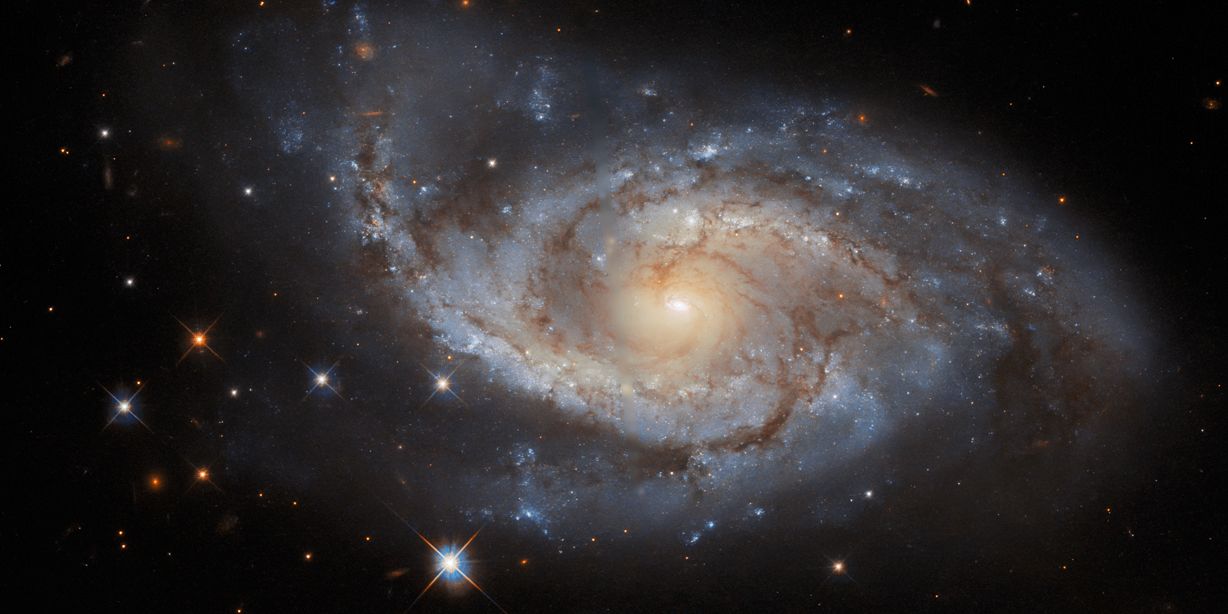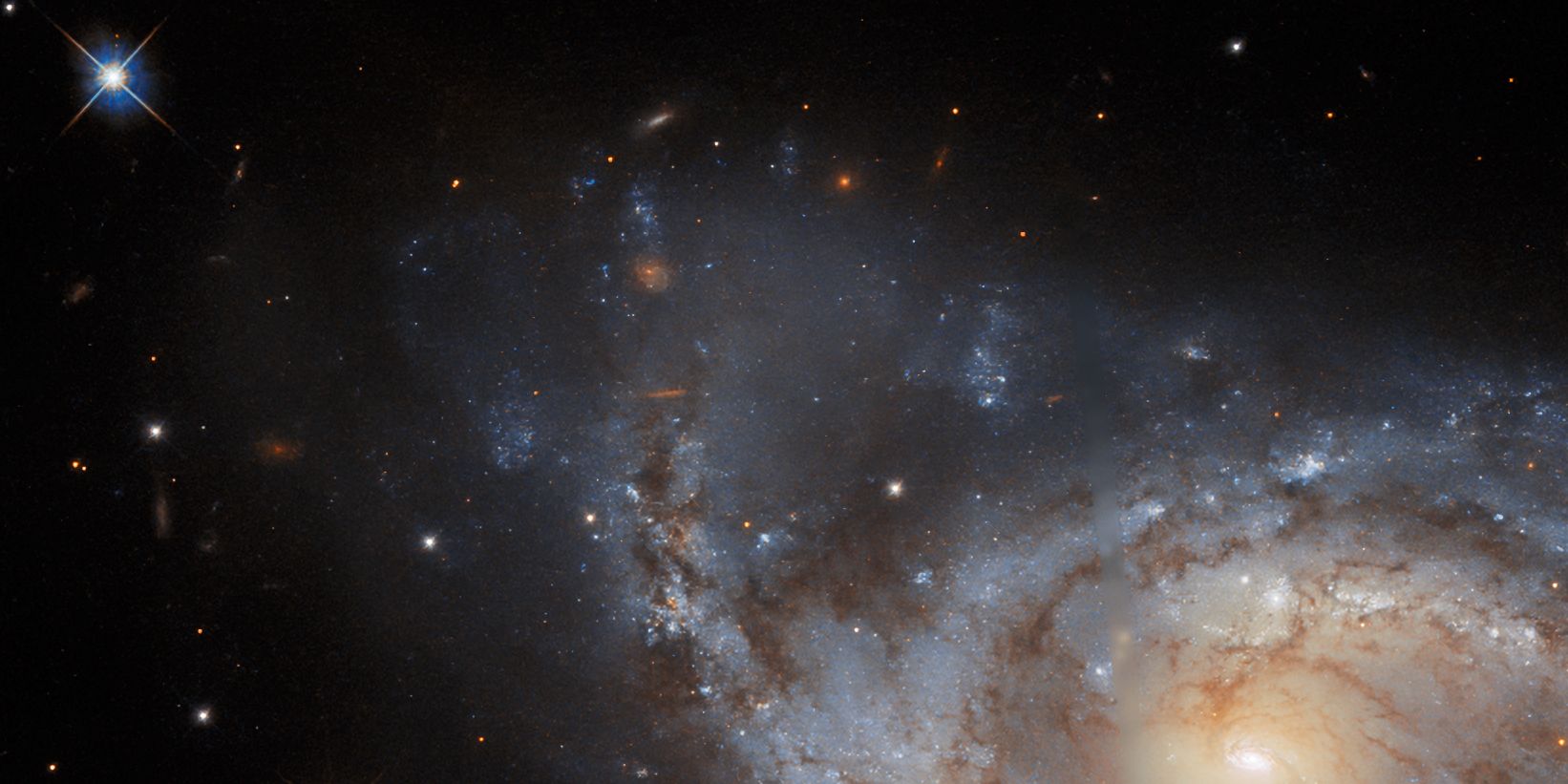
Outer space is filled with galaxies of all shapes and sizes, and in the latest Hubble photo from NASA, the telescope looks at one mimicking a cosmic sailboat. As it stands today, astronomers believe there are some 100 billion galaxies across the known universe. And that's with a conservative guess. Other data points suggest that number could be 170 billion — or even 200 billion. In short, there are a lot of galaxies out there just waiting to be uncovered.
One instrument that's been pivotal in discovering new galaxies is Hubble. The space telescope regularly photographs galaxies hundreds, thousands, and millions of light-years away. Later this year, when the James Webb Space Telescope goes online, astronomers are poised to see these galaxies in much greater detail and look at ones even further from Earth.
Looking to highlight one of the many galaxies it's found over 30+ years of work, NASA recently shared the above Hubble photo of galaxy NGC 3318. NGC 3318 resides in the Vela constellation and is around 115 light-years from Earth. What's interesting about Vela is that it was originally part of a much larger constellation. Previously, Vela and three other constellations were grouped together as the Argo Navis constellation — named after the Argo ship in Greek mythology. However, once astronomers realized Argo Navis was simply too large to properly study, it was split into three chunks (each named after a part of the Argo ship). Along with Vela, there's also Carina and Puppis.

Knowing the nautical nature of the constellation NGC 3318 is in, that makes its appearance all the more dazzling. It's a fairly standard spiral galaxy by most accounts. It has a bright white center, plumes of dust/gas all around it, and huge spiral arms stretching out. The arms of NGC 3318 are especially gorgeous, though. As NASA perfectly explains, they bear a striking resemblance to sails dancing to the rhythm of a calm breeze.
As is often the case with these galaxies, however, NGC 3318 wasn't always this peaceful. Back in 2000, an astronomer found evidence of a 'titanic supernova.' The distance between NGC 3318 and Earth means the supernova likely occurred in 1885. This is something Hubble frequently comes across with its galactic photographs. A previous photo of galaxy NGC 976 revealed something very similar. It, too, appeared to be a calm and tranquil galaxy. However, it was also home to a destructive supernova many years ago.
On that note, astronomers used the Pan-STARRS telescope earlier this year to study an active supernova for the first time ever. Rather than looking at a supernova after it's occurred, Pan-STARRS allowed astronomers to examine a dying star for 130 days before it went supernova. Between advancements like that — and the James Webb beginning science operations later this summer — 2022 is positioned to be a particularly exciting one within the space community.
Source: NASA
Comments
Post a Comment